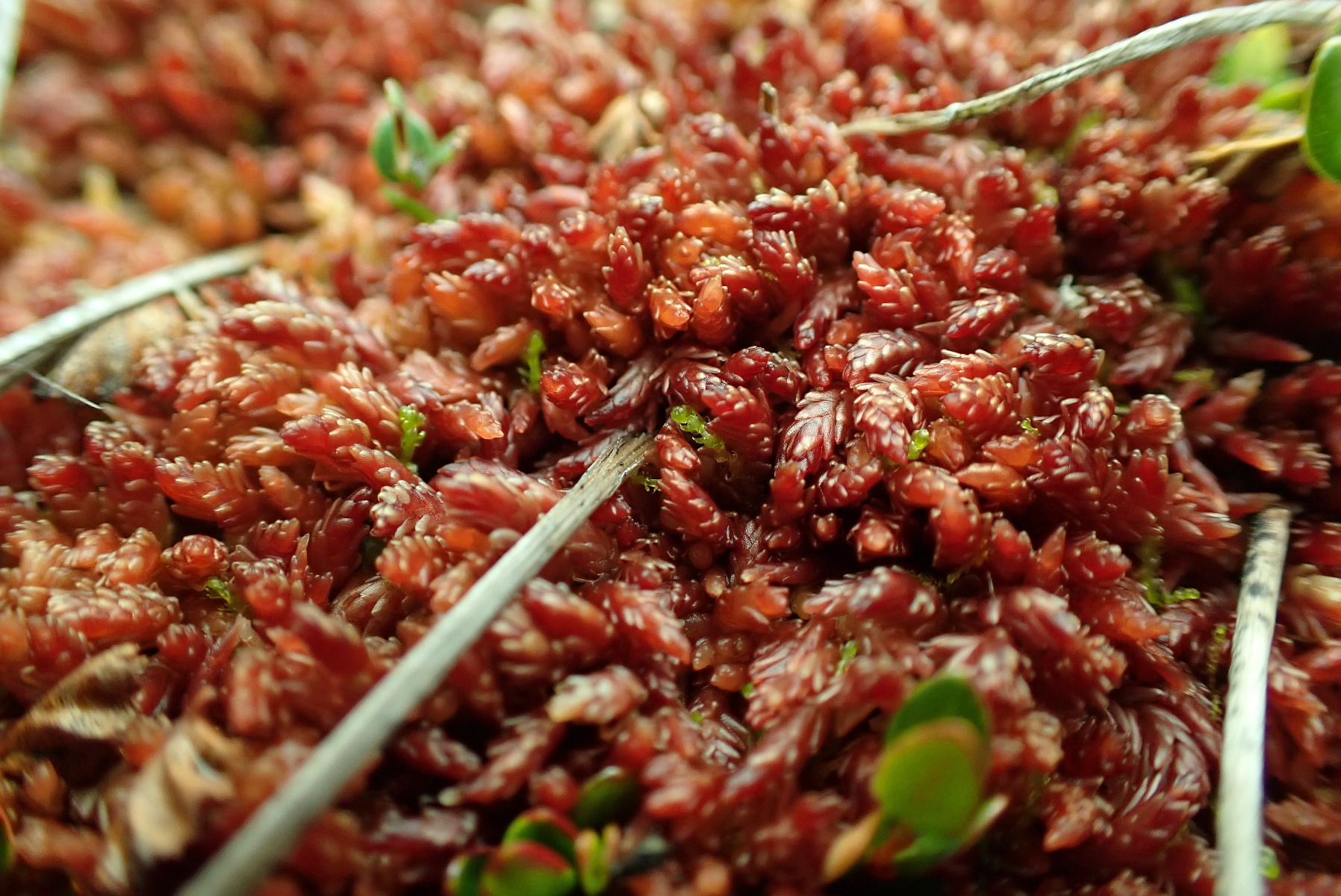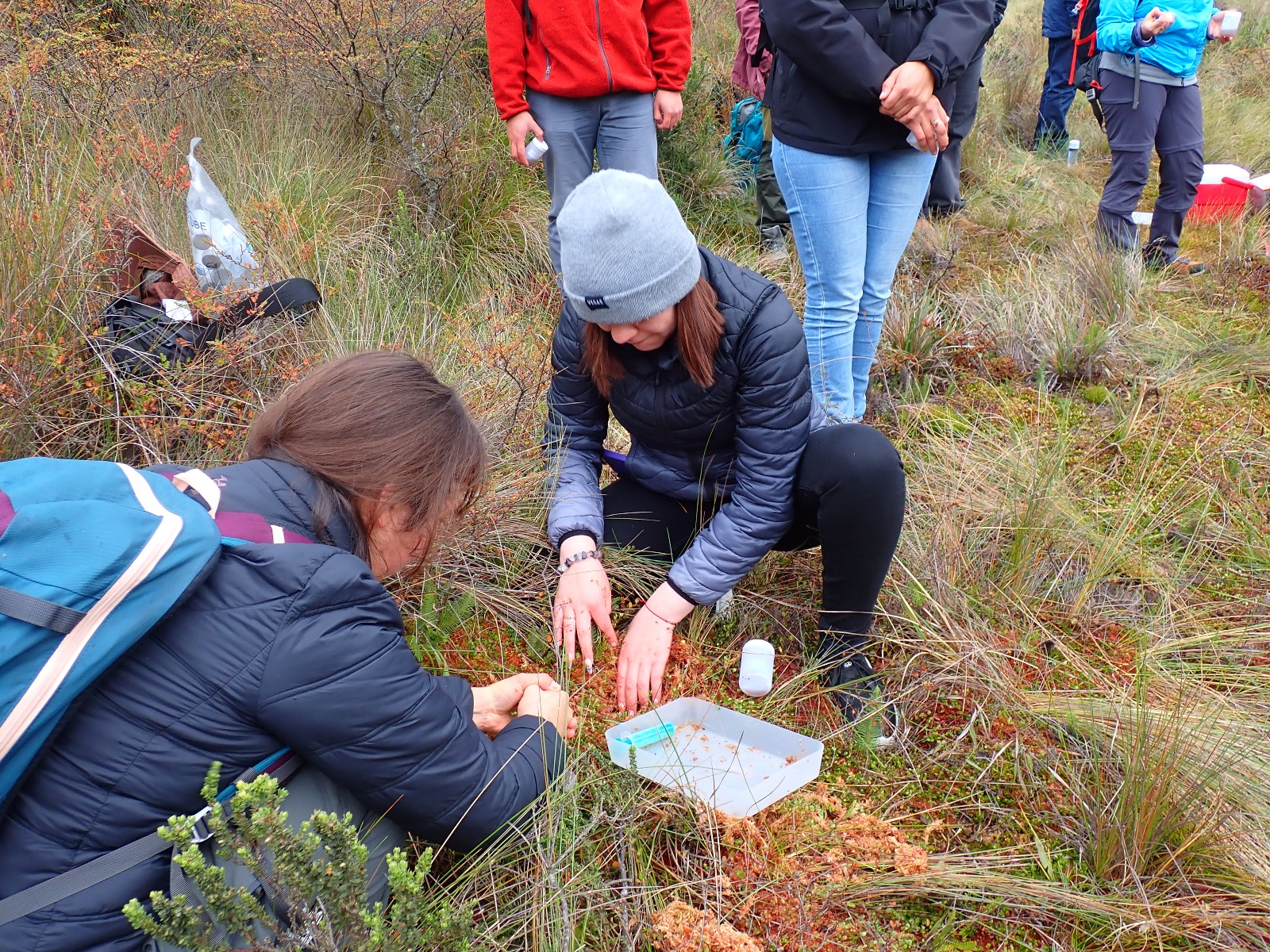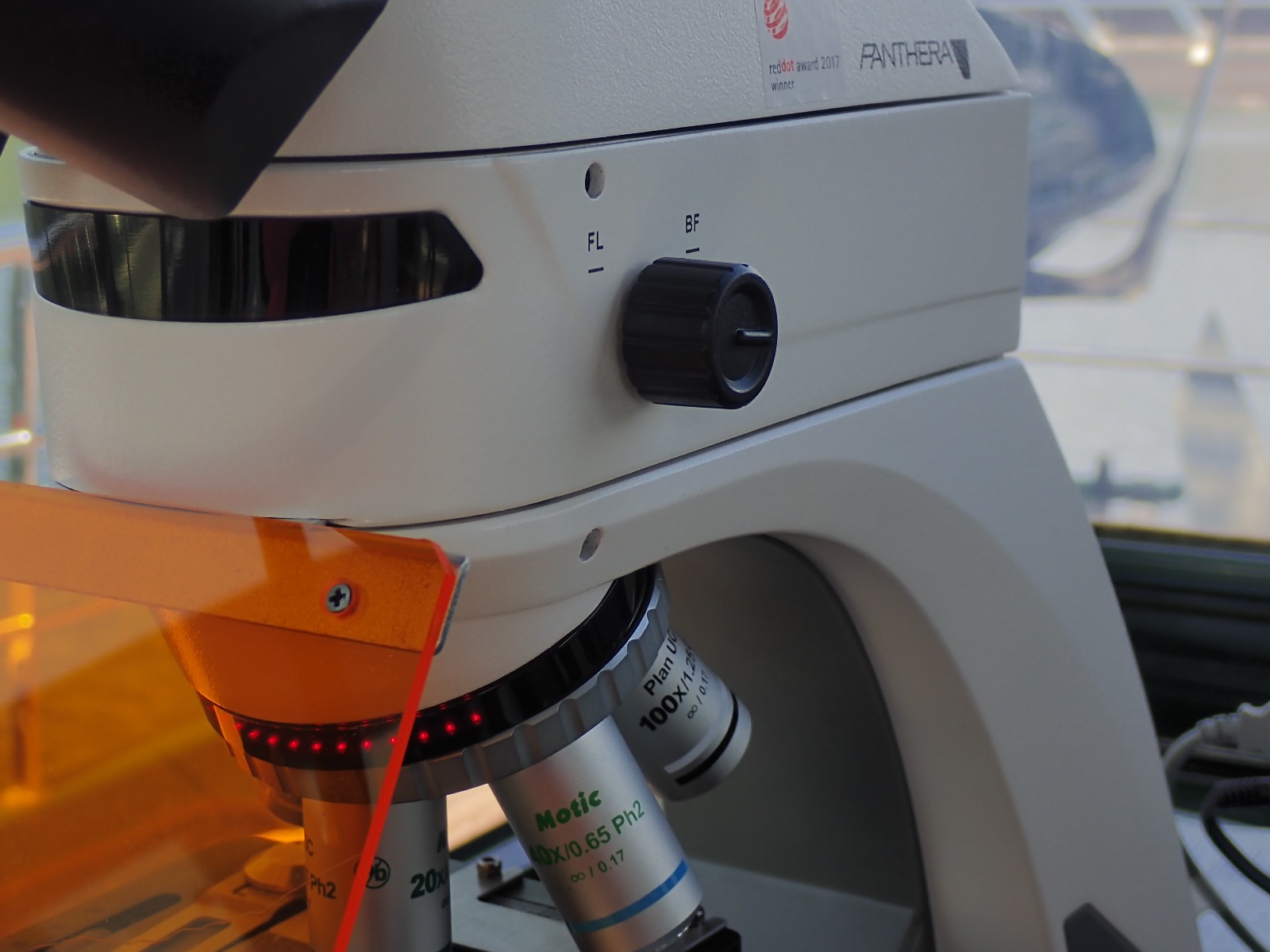Bogs are unique aquatic ecosystems of exceptional importance in the biogeochemical cycle. These wetlands form on almost impermeable, typically acidic soils where the growth of mosses, primarily Sphagnum, defines the landscape dominated by these bryophytes. Due to the continually waterlogged soil conditions, the survival of higher plants is exceedingly challenging in such environments.
Sphagnum sp.
Globally, it is estimated that at least 3% of the Earth's land surface consists of these wetlands, which play a vital role in the carbon cycle. They can capture as much as 30% of all CO2, retaining it in their plant structures, which slowly transform into carbon in the soil.
Southern hemisphere bogs, such as those found in the southernmost regions of the American continent in Chile and Argentina, exhibit distinct characteristics that set them apart from similar formations worldwide. In addition to their considerable size, they are notably acidic, which appears to limit the growth of algae like desmids and diatoms.
Sampling in the peat bogs of the Protected Natural Property “Las Araucarias” with students from the international microscopy course organized by the Universidad de la Frontera in Temuco (Chile)
Despite the extreme acidity of these ecosystems, life thrives within them, boasting a rich diversity of microorganisms. These environments appear to be an ideal refuge for shelled amoebas, which find their haven here with hundreds of forms and species. Among them, we showcase one unique species endemic to the Southern Hemisphere, Certesella martiali, described by Certes in 1889.

Certesella martiali, phase contrast 400x|Panthera C2 Trinocular with epifluorescence FLED module
Shelled amoebas are less common in bogs, with one of the more abundant genera in Chile being Lecythium. Lecythium amoebas have fine cytoplasmic extensions, similar to thread-like filopodia, which they use to slowly move across the submerged substrates they inhabit. When they divide, they give rise to multicellular structures, as seen in the images.

Lecythium sp., 400x |Panthera C2 Trinocular with epifluorescence FLED module
All the microscopic images in this work were captured using equipment generously provided temporarily by Motic Europe. This equipment includes a Motic Panthera CC trinocular microscope equipped with epifluorescence FLED module, a condenser, and objectives for phase contrast and darkfield observation, serving as valuable tools for our research.
Panthera C2 Trinocular microscope, with FLED epifluorescence module and chromatic plan phase contrast objectives
Most of these amoebas, along with other protists, play the role of primary consumers or detritivores, closing the soil cycle by recycling minerals and organic and inorganic compounds essential for plant life.
These amoebas typically feed on algae living in these ecosystems or even predate other amoebas within their own group. However, for the maintenance of the entire biocenosis, the presence of a level of producer organisms, primarily photosynthetic, that support the life and dynamics of consumers is crucial. Diatoms and green algae, especially desmids and related groups, are well-represented in bogs and serve this essential role.
One of the amoebas we feature, Certesella, closely resembles other long-necked amoebas like Padaungiella or its relative, Porosia. Certesella, however, features sharp blades arranged in several rows that appear as points when viewed from a distance. It also has two characteristic perforations near the base of its neck, the function of which remains unknown.
Certesella's testa resembles a flask in shape. While some species within the genus have a long neck like Padaungiella, in others, this feature is less pronounced. The two main characteristics of this genus are the presence of two lateral depressions with large marginal pores in the area where the testa narrows toward its opening and the presence of internal teeth on the neck, which appear as external dots.

Certesella martiali, dark field 400x|Panthera C2 Trinocular with epifluorescence FLED module

Certesella martiali, phase contrast 400x| Panthera C2 Trinocular with epifluorescence FLED module
The Sphagnum and Donatia bogs in the South American continent host a wide variety of shelled amoebas that appear to have evolved and spread primarily in the Southern Hemisphere. Certesella is one of them.
While this species appears to be cosmopolitan, most of the records for this taxon seem to be concentrated in the southern regions of the American continent, where it coexists with many endemic shelled amoebas.
The other amoeba we present here likely belongs to the genus Lecythium and lacks a testa. However, its body is covered by a thin film that protects it and defines its contours.
Extending its fine thread-like pseudopods, the Lecythium amoeba explores the softness of the thick Sphagnum carpets. In these southern confines of America, it quietly glides through the depths of the extensive bogs that cover the cold soils of Quillaipe with their gentle mantle. When it divides, it remains connected in small clumps, retaining its appearance.

Lecythium sp., dark field 400x |Panthera C2 Trinocular with epifluorescence FLED module
Lecythium hyalinum is one of the more common species and bears a resemblance to the one featured here, which is abundant in the Chilean bogs of Quillaipe but lacks specific references.
Small algae remnants fill its heart-shaped contours, while its large, spherical nucleus, at times accompanied by smaller ones, may indicate a special form of cell division. As with Certesella, when this amoeba divides, always in perpendicular planes, clusters of twin daughters are formed, which can separate over time, but often remain connected, giving rise to multicellular structures reminiscent of colonial forms.
The microscopic images, taken at 400x magnification using phase contrast, darkfield, and epifluorescence techniques, are from water samples collected in the bogs of Quillapé by Rubén Carrillo and Patricio Pacheco within the framework of the International Microscopy Course at UFRO (Universidad de la Frontera) in Chile.

Lecythium sp., epifluorescence 400x |Panthera C2 Trinocular with epifluorescence FLED module
This event was made possible through the invitation of the Department of Agronomic Sciences and Natural Resources at UFRO, led by Professor Rubén Carrillo López, with the collaboration of the department's professors and the participation of professors and students from various universities in southern Chile. This initiative is part of the collaboration agreement with the International Biological Station Duero-Douro (EBI).
The amoebas in Chilean bogs exhibit an extraordinary array of morphologies, and many of them are likely to represent new, closely related species, as they appear visually similar and remain to be formally described.
Copyright: Antonio Guillén
Proyecto Agua - by Antonio Guillén



